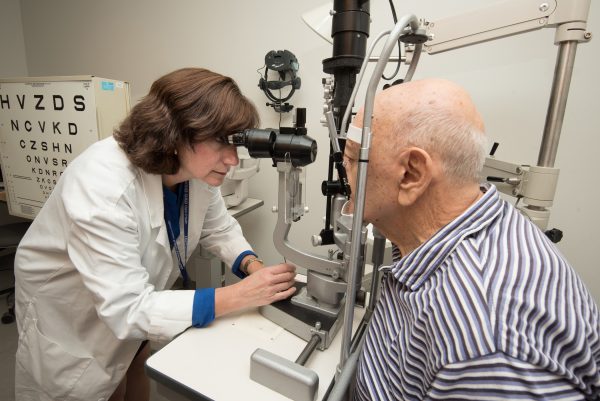Proposal Guidelines
Proposal Guidelines
The Lavelle Fund for the Blind provides funding to organizations with U.S. 501(c)(3) tax-exempt status or verifiable non-U.S. charitable status (in the case of foreign-based, non-profit organizations without a U.S.-based 501(c)(3) fiscal intermediary).
A complete grant application includes the following components:
Cover Letter
A brief cover letter, on your organization’s letterhead, should be signed by the executive director. The letter should include a one-paragraph summary of the request, including amount and purpose. It should also indicate the name, phone number and email address of the contact person for this proposal, if other than the executive director.
Narrative
Complete responses to the questions in the proposal template in the Fund’s grants management system, CyberGrants, pasted directly into the provided textboxes. (A complete list of these questions appears below.)
Financial Information
- Project budget*: please include either (a) a complete budget narrative – a line-by-line description of each expense line in the proposed budget or (b) simple annotations beside expense lines that are not self-explanatory. Please list each staff line separately and include the percentage of time to be spent on the project. (In the case of project-related capital expenses, please provide professional cost estimates.) Please submit budgets in Excel format, using appropriate formulas. Do not submit a PDF
- The applying organization’s total, current-year operating budget
- Organization’s two most recent audited financial statements
- A list of grants awarded (from non-Lavelle sources) in the most recent fiscal year
- Expected income sources for the project* (actual and prospective, including the applying organization’s own in-kind or cash contributions to the project)
*Clearly indicate the dates of the financial period(s) covered in each document.
Additional Information
- Organization’s List of Board of Directors (with their professional affiliations)
- Organization’s IRS Determination Letter (confirming tax-exempt status)

Courtesy of Lighthouse Guild
Narrative Questions
Below is a complete list of the questions included in the online grant proposal application found on the CyberGrants platform. All prospective grantees must create a CyberGrants profile and apply online.
Background
Describe the work of your agency, addressing each of the following:
- A description of your organization’s history and mission, including the need or problem that your organization works to address, and the population that your agency serves, including visual and other impairments, geographic location, age-range and, if known, socio-economic status, race, and gender. Please also list main program areas.
- Number of paid full-time staff; number of paid part-time staff; and the percentage that are blind or visually impaired.
- A brief summary of your organization’s key relationships (formal and informal) with other organizations working to meet the same needs or providing similar services. Please briefly explain how you differ from or complement these agencies.
Funding Request
Please describe the project for which you seek funding, including:
- Summary project description.
- The project’s goal(s) and objectives and expected impact.
- Strategies and activities that you will employ to implement your project.
- Anticipated timeline of major milestones for the project.
- The names and qualifications of the key people who will be responsible for achieving the anticipated results and their role in the project.
- What are the potential risks to the success of the program, if any, and what steps have you taken, or will take, to mitigate those risks.
- How do you plan on sustaining this program beyond the lifetime of this project? Please list the strategies and potential sources of financial support that will be considered.
Evaluation
- Please describe how you will assess progress towards goals previously articulated.
- How will you measure the longer-term success of the project?

